Toy Take Apart and Repurposing: A Creative Problem-Solving Lesson
Toy Take Apart and Repurposing is always a great favorite both with my gifted students and with my campers during my summer Toy Hacking and Making camp. I purchase battery-operated toys from ebay and thrift stores. Because I am always seeking ways to improve my lessons, I was excited to add the repair mindset reflection, the micro:bit driven Plushpal, and circuit jewelry to this activity this past spring. These additions seemed to really enhance the lesson.
This lesson was driven by the following references and resources:
- Instructables’ Take Apart and Rebuild Toys – https://www.instructables.com/Take-Apart-and-Rebuild-Toys/
- Agency by Design’s Cultivating A Repair Mindset https://makezine.com/2022/04/20/cultivating-a-repair-mindset/
- micro:bit PlushPal – https://www.plushpal.app/ and https://www.notion.so/scientiffic/PlushPal-Guide-06def1796fd4420389ea33a5eb9ac897
- Instructables’ Circuit Jewelry – https://www.instructables.com/Circuit-Board-Earrings/
Toy Take Apart
Learners began by taking their battery operated toys apart. They were instructed to take it apart so all of the components were separated and to sketch the parts as they did so.
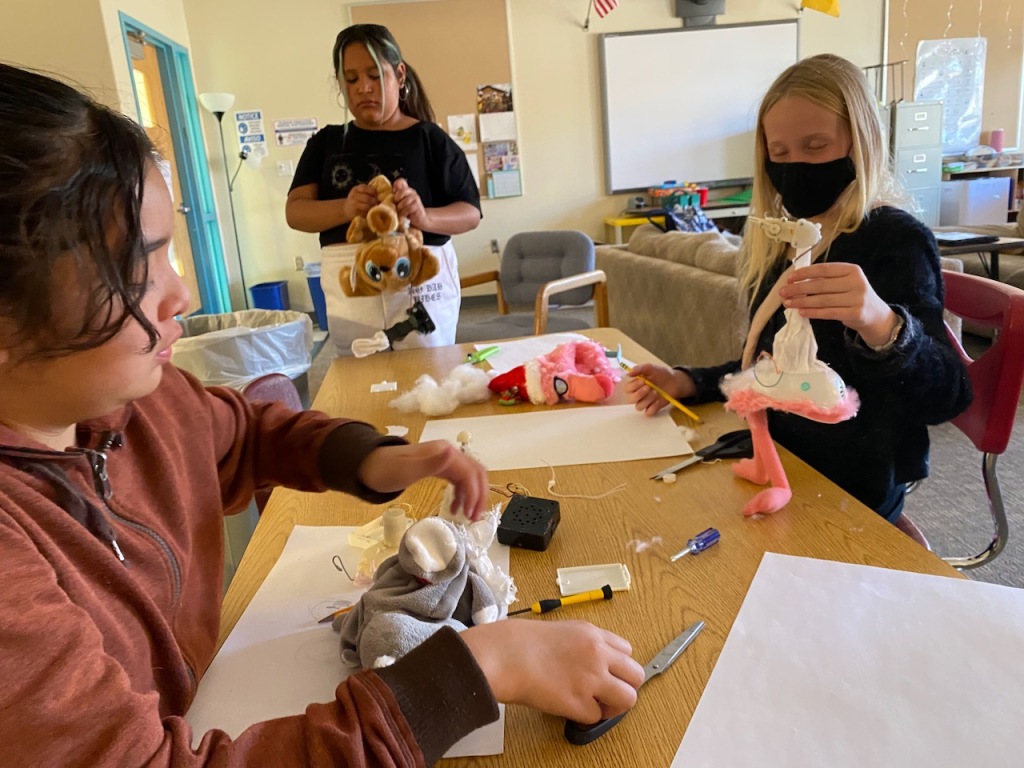

Repair Mindset Reflection
The Repair Exploration tool is designed to cultivate a sensitivity to and curiosity about how objects and systems work by looking closely at them (https://resources.makered.org/resource/cultivating-repair-mindset-toolkit).
After learners completed taking their toys apart, they were asked to used this tool to reflect on their learning. They put their answers directly on the paper where they made their sketches.
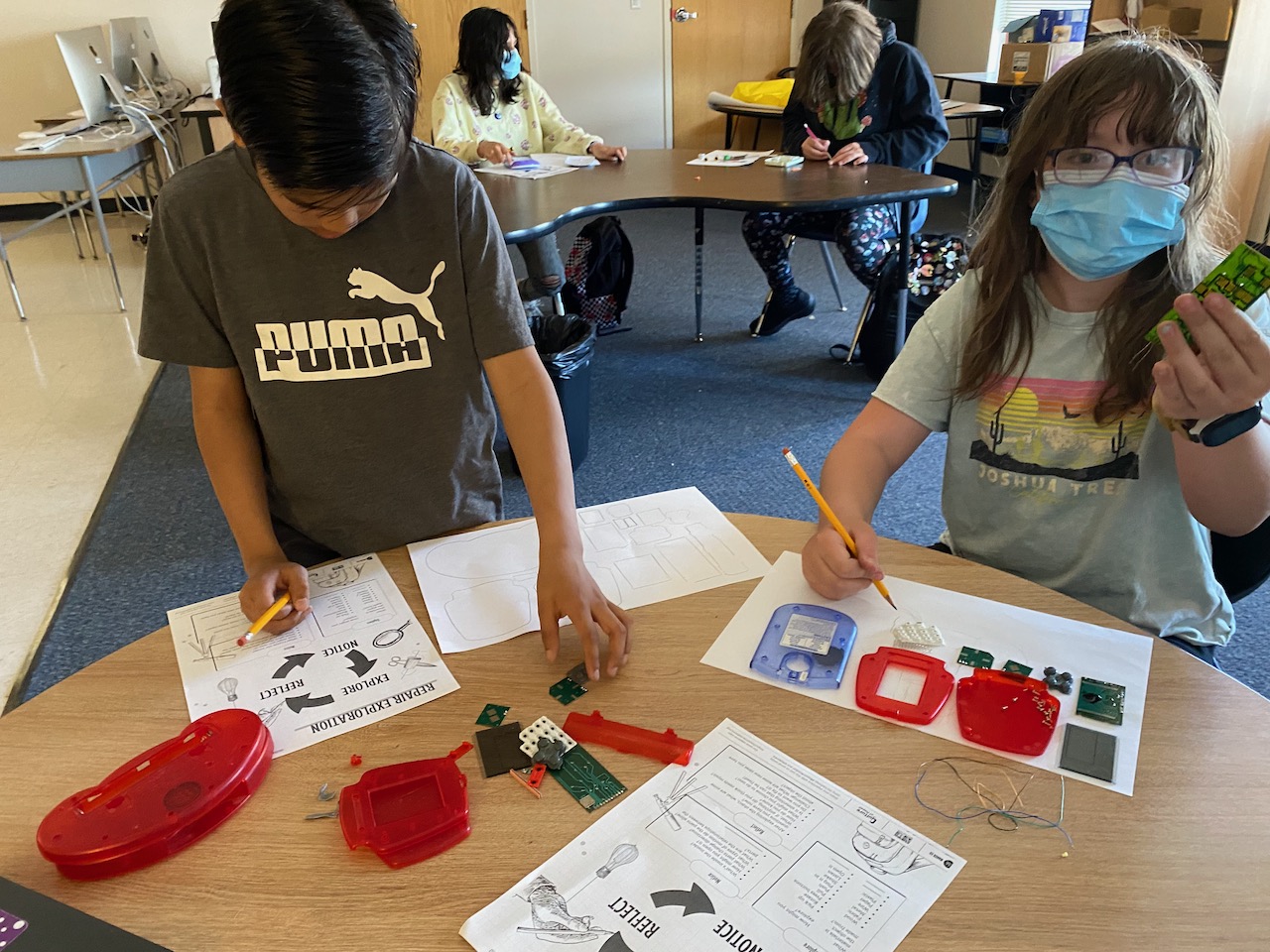
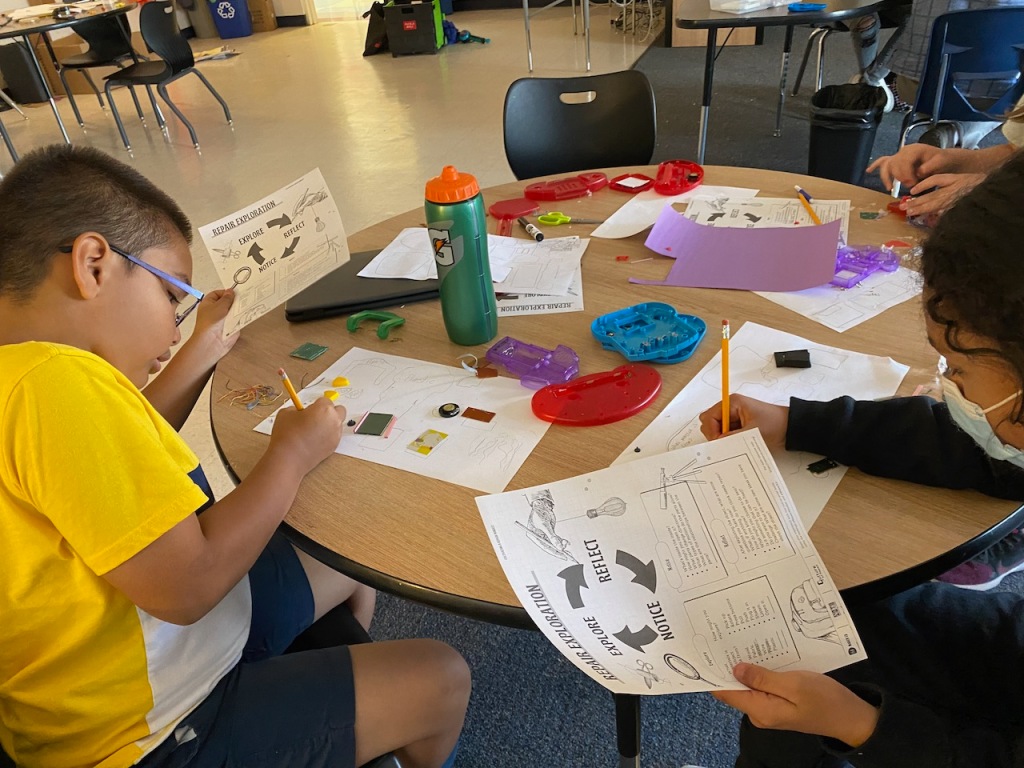
micro:bit PlushPal
PlushPal is a tool for creating interactive toys using the micro:bit. Using PlushPal, you can program your stuffed animal to respond with sounds based on custom gestures you create.
Link to the PlushPal Guide – https://www.notion.so/scientiffic/PlushPal-Guide-06def1796fd4420389ea33a5eb9ac897. The following video shows some learners trying out PlushPal:
Circuit Jewelry
In order to reinforce the concept of repurposing, learners got to use a circuit board from their toy (comes in all battery-operated toys) to make some jewelry.
Invention Literacy: Repurposing Toys Parts
Invention Literacy, as coined by Jay Silver of Makey Makey, “is the ability to read and write human made stuff.” To be invention literate, it means you’re able to look at the world around you and think about how something works. When students put on the hat of an inventor, they can see how the world works, and have the confidence to invent new parts of the world (https://sphero.com/blogs/news/invention-literacy).
The following video shows Theo repurposing-inventing his toy parts into something functional:
The following images show students repurposing-inventing their toy parts into a prototype for a new game:
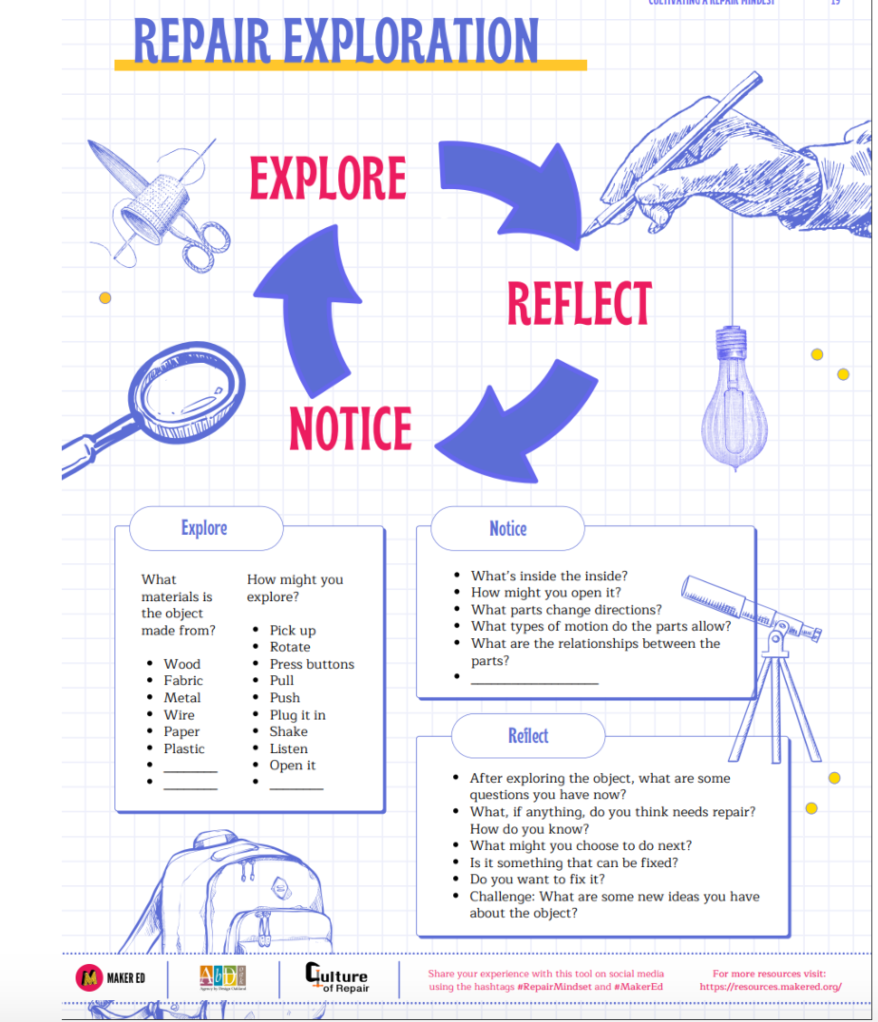
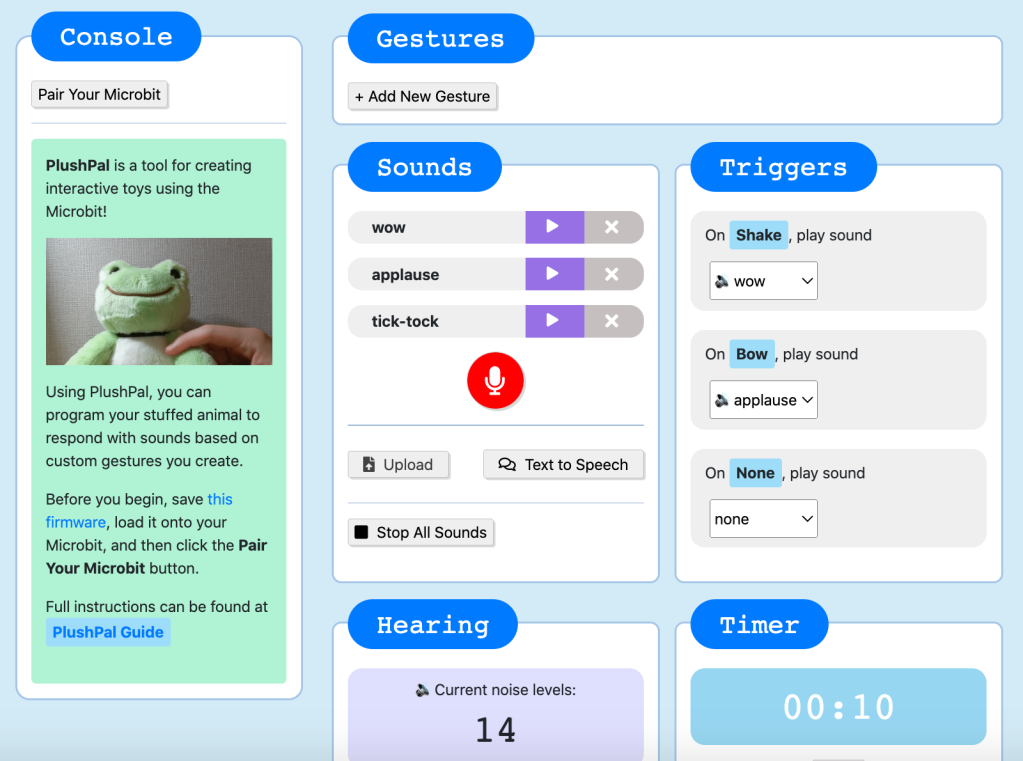
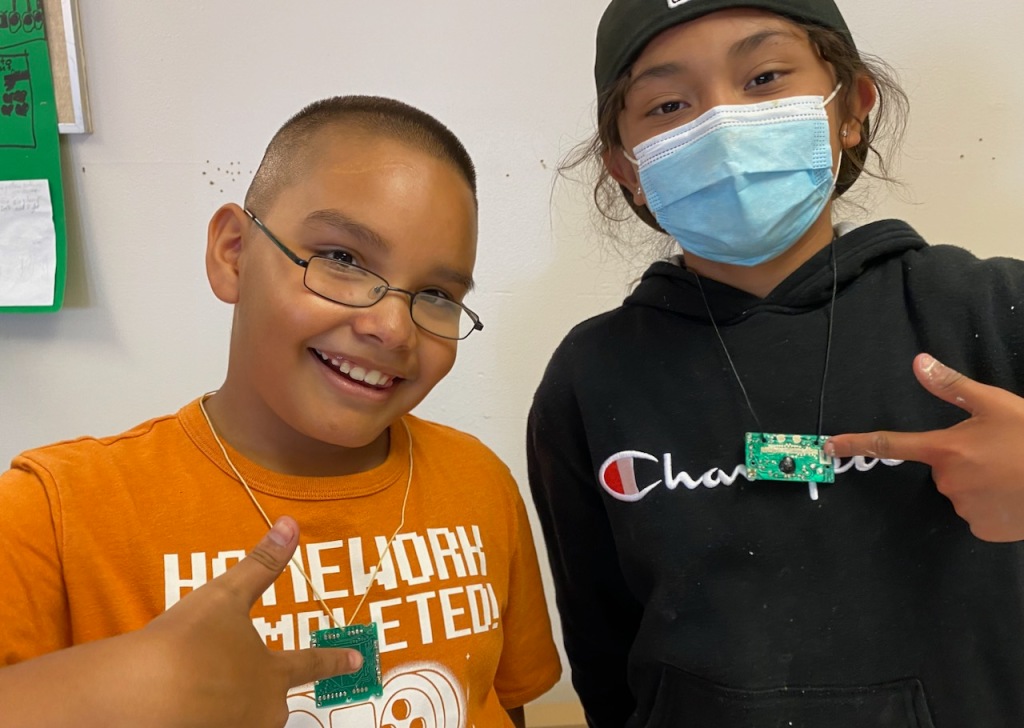
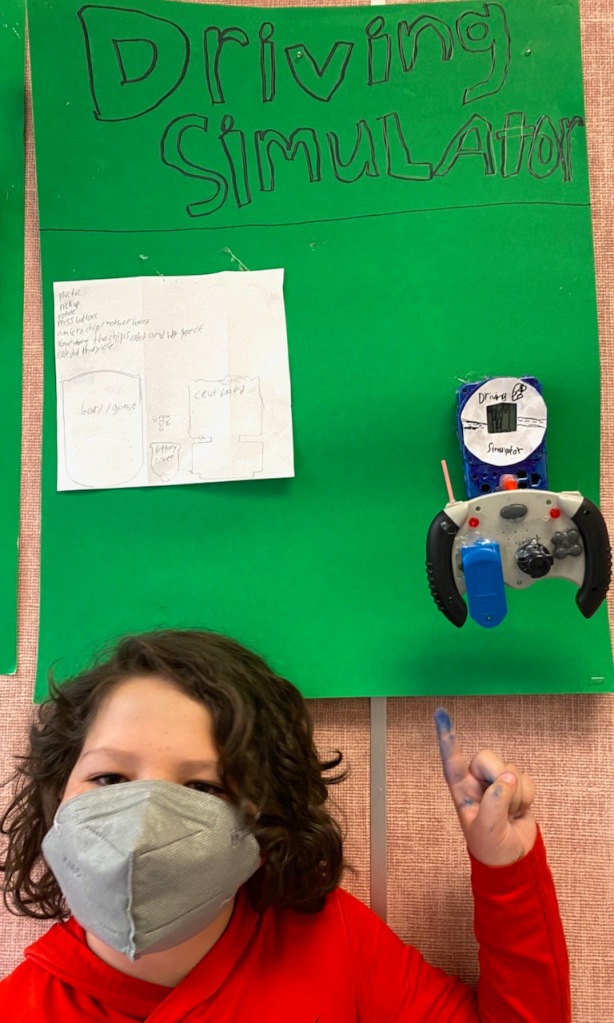
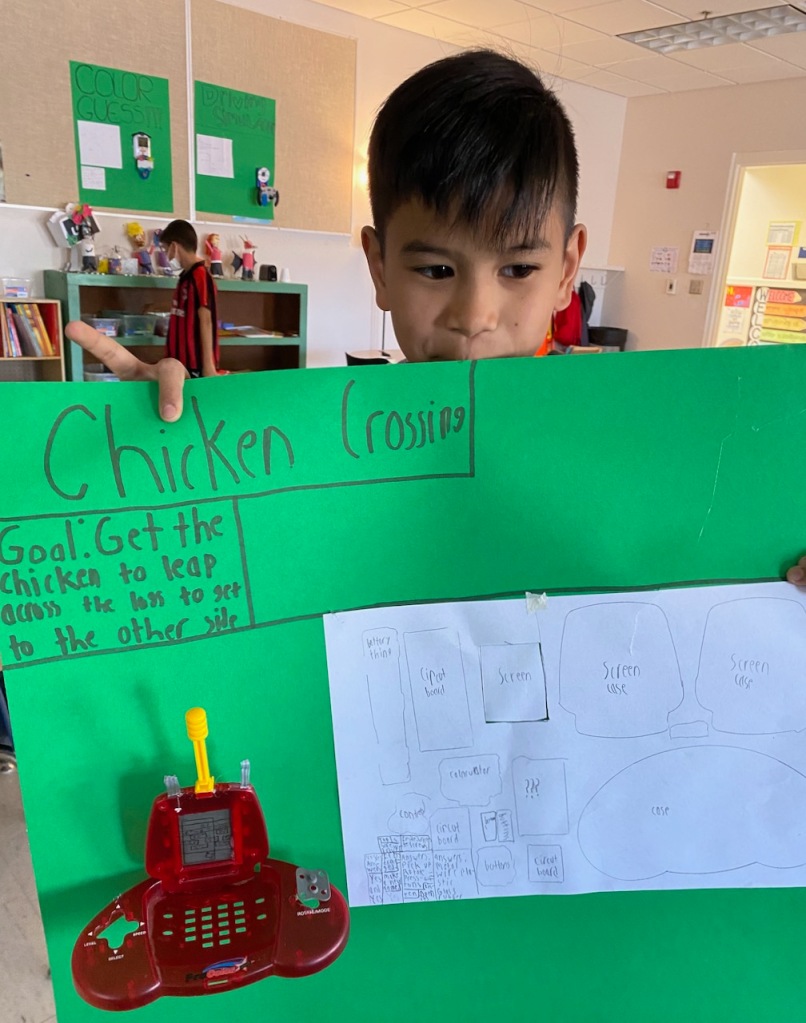
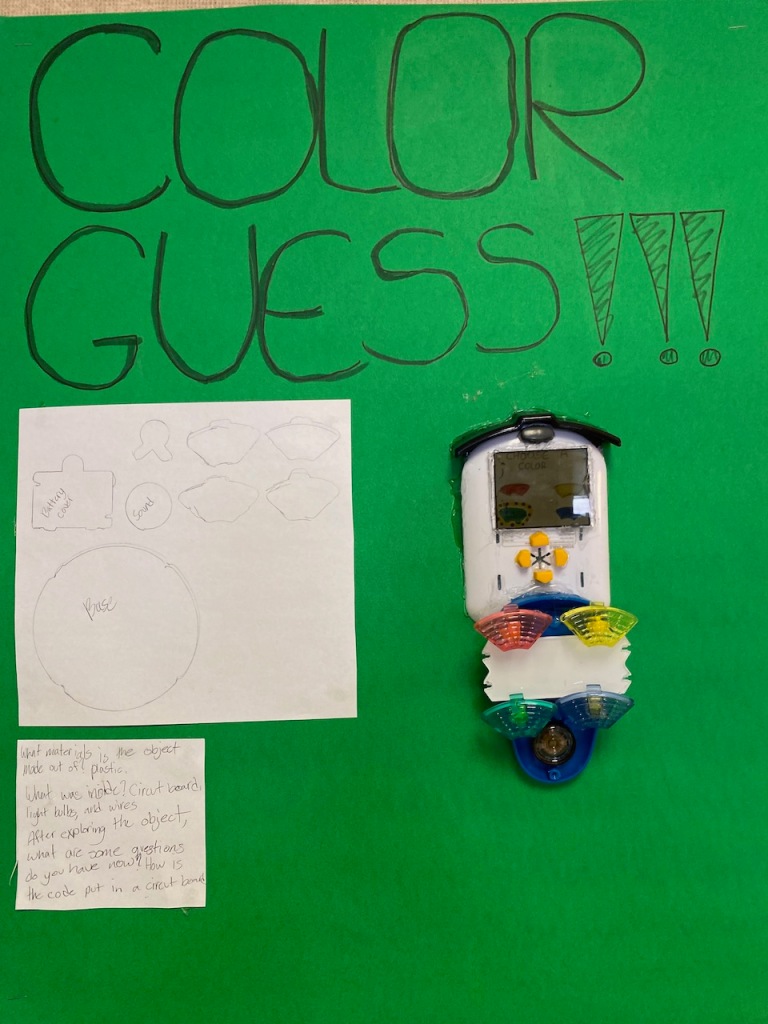
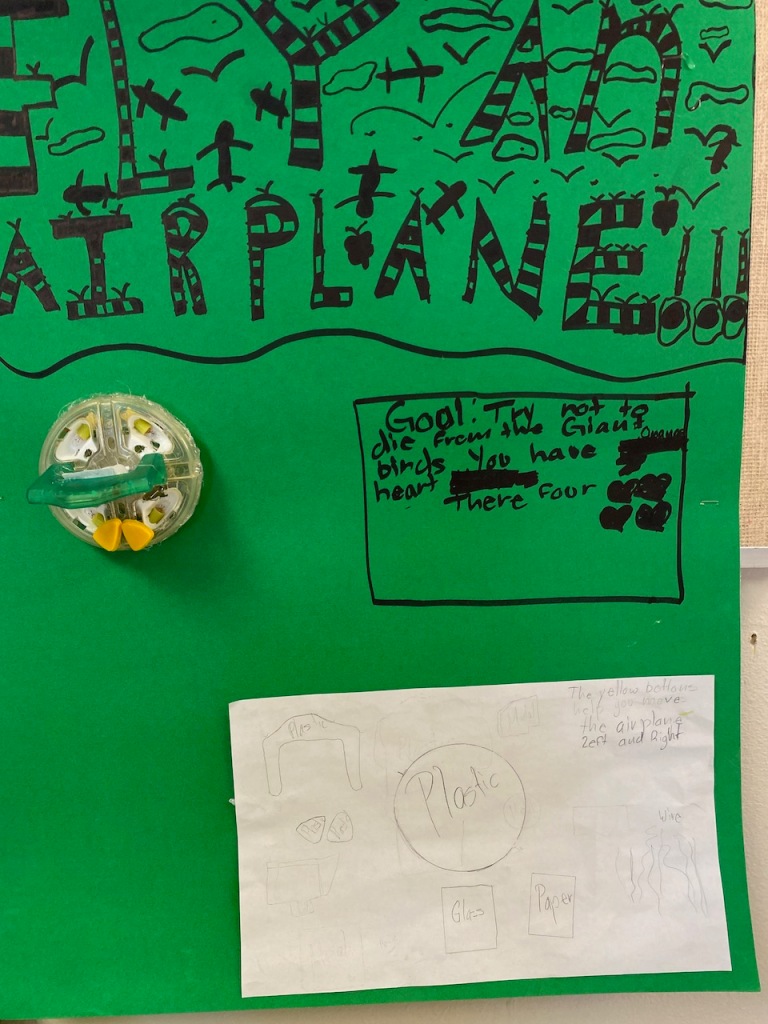

Leave a comment